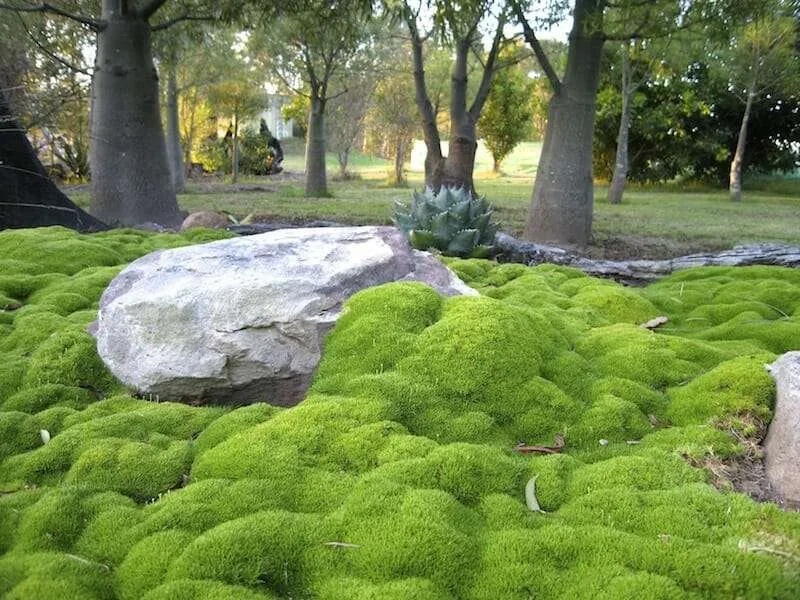Kangaroo Paw, Anigozanthos: “Bizarre Beauty”
If you’re not familiar with this unique looking plant, then consider this your lucky day. This relatively recent major-hit is popping up in gardens everywhere, from water-conscious xeriscapes highlighting both hardy natives and stalwart succulents to lush landscapes featuring balmy palms and exotic tropicals. Once you get to know kangaroo paws, you’ll be left wondering how it is that you never knew about this beauty before.
Please keep reading to learn about this versatile and curious plant.
Featured photograph by Idunbarried, via Flickr.

Hailing from Western Australia, kangaroo paws are part of the Anigozanthos family, with A. flavidus being the commonly grown one. This clumping perennial sports attractive grass-like dark green blades, but the real desirable quality is its stately stems topped with velvety, fuzzy flowers that emerge in fan-like rows resembling—you guessed it—kangaroo paws. And thanks to hybridizers and their crafty breeding work, kangaroo paws vary greatly in size and flower color and are now being offered with showier flowers and more disease resistance, which is good news for kanga-loving gardeners like myself.

Some varieties, like “Regal Claw,” tower with 6-foot stems and orange-reddish flowers, while others like, “Bush Baby,” grow compactly and hover around 18 inches. Most varieties bloom spring through summer and with enough sun and some attentive pruning, the flower show is non-stop.

Cheat Sheet
- Try planting in containers either solo or as part of an arrangement, and use the taller varieties as the focal plant and the smaller ones in the Bush Gem series as mid-level filler.
- The flower colors can range from vibrant red, burgundy, lemon yellow, golden yellow, orange, pink, red/green and red/yellow combos. All look stellar in flower arrangements.
- Just like irresistibly fuzzy lambs ears or curiously-shaped snapdragons, kangaroo paws delight children (especially those who’ve never seen kangaroo paws up close—which is most here in the US.) So consider adding these to a garden graced with children.
- Kangaroo paws look lovely interacting with other low-water plants, but can also mingle in tropical or more modern gardens. Also their vertical nature contrasts nicely with rounder shaped plants.
- Birds and hummingbirds will race to the nectar hidden in the flowers, and the sturdy long stems acts as excellent places to perch. Luckily, deer will leave these plants alone.

Keep It Alive
- Kangaroo paws are happiest situated in full to part sun (at least 6 hours) because insufficient light causes the stems to become sloppy and floppy.
- Make sure the soil is on the sandy, well-draining side and don’t worry too much about fertilizing because they don’t demand it.
- Can be frost-tender so provide protection in the winter or bring it indoors. In early spring, prune away any unsightly winter damaged leaves. Hardy to Zones 9-11.
- Once established, this easy-care plant needs only a deep watering once a week.
- To keep it looking fresh, to promote new growth and a possible second flush of blooms, trim back spent flower stalks to the base.
- Can be susceptible to ink spot disease which looks like blackened leaves and stems. If this is suspected, remove the infected leaves and stems and make sure there is plenty of air circulation around the plant.
For more drought-tolerant plants, see:












Have a Question or Comment About This Post?
Join the conversation (3)